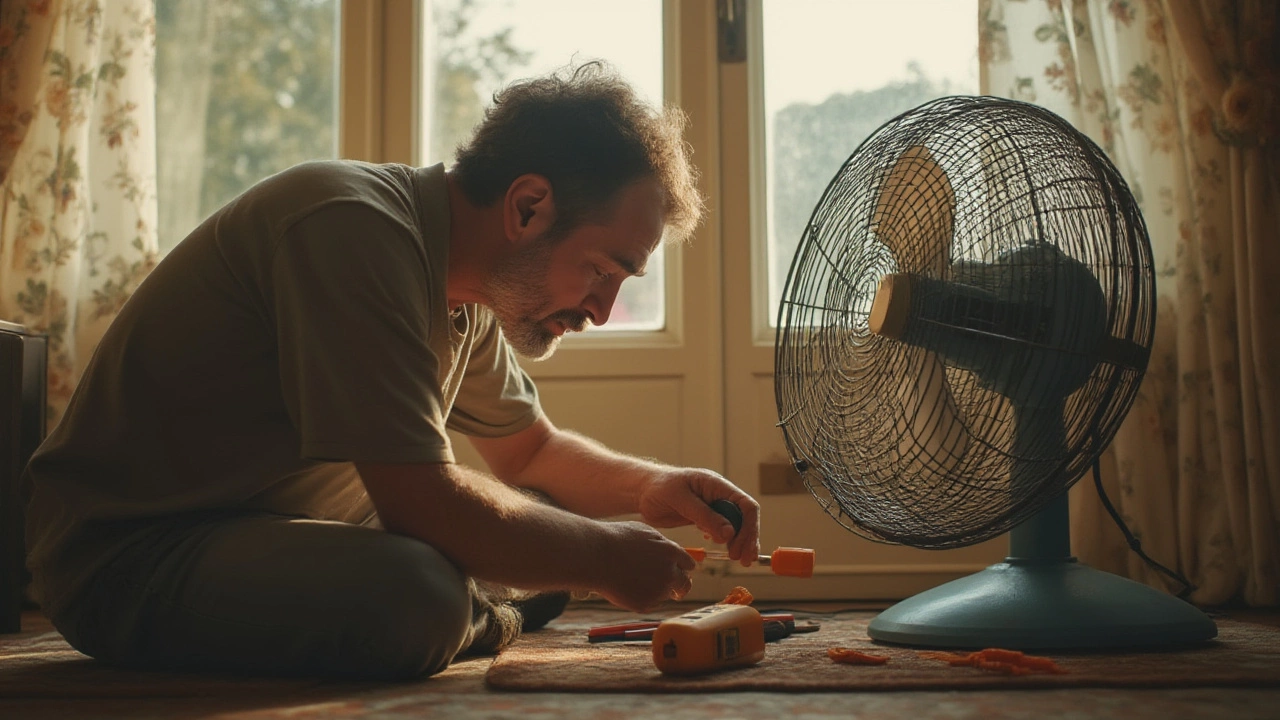
Fan not spinning? Learn step-by-step how to fix a fan that suddenly stopped, what to check, safety tips, and when to call in the pros. Fast, clear advice you can trust.
If your extractor fan or ceiling fan has stopped working, you don’t have to panic. Most fan problems are caused by a few common issues that you can diagnose and repair yourself. In this guide we’ll walk through the main reasons fans break, show you how to clean a motor, and tell you when it’s time to call a professional.
First, figure out what’s actually wrong. The most frequent culprits are:
Check the simplest things first: make sure the fan is switched on, test the outlet with another device, and look for any visible damage.
1. Turn off the power. Safety comes first – switch off the circuit breaker or unplug the unit.
2. Remove the cover. Most extractor fans have a few screws or clips. Gently pop the grille off to expose the blades.
3. Clean the blades and motor. Use a soft brush or a vacuum with a narrow nozzle to get rid of dust and grease. For stubborn grime, dampen a cloth with mild soapy water, wipe, then dry thoroughly.
4. Lubricate the motor shaft. If the fan still feels stiff, apply a few drops of oil (non‑synthetic, like 3‑in‑One) to the motor shaft. Spin the blades by hand – they should move freely.
5. Re‑assemble and test. Put the cover back, restore power, and flip the switch. If the fan runs smoothly, you’ve solved the problem.
If the fan makes a humming noise but the blades don’t turn, the motor may be burnt out. In that case, replace the motor or the whole fan unit.
Ceiling fans share many of the same issues. Here’s a quick checklist:
When you’ve tightened everything and the fan still won’t start, the motor is likely the problem. Swapping a motor costs less than a full fan replacement, but if the fan is more than 10 years old, buying a new, energy‑efficient model often makes more sense.
Remember, working on ceiling fans means you’ll be on a ladder. Keep a steady grip, and never work above a live circuit.
With these steps you can tackle most fan breakdowns yourself. A clean motor, tight connections, and a little lubrication go a long way. If you hit a wall – especially with electrical components you’re not comfortable handling – call a certified appliance repair technician. They’ll get the fan humming again without risking safety.

Fan not spinning? Learn step-by-step how to fix a fan that suddenly stopped, what to check, safety tips, and when to call in the pros. Fast, clear advice you can trust.